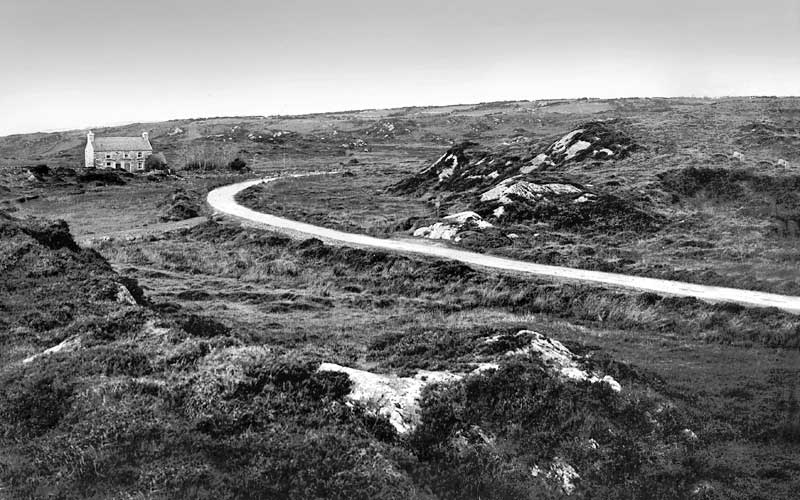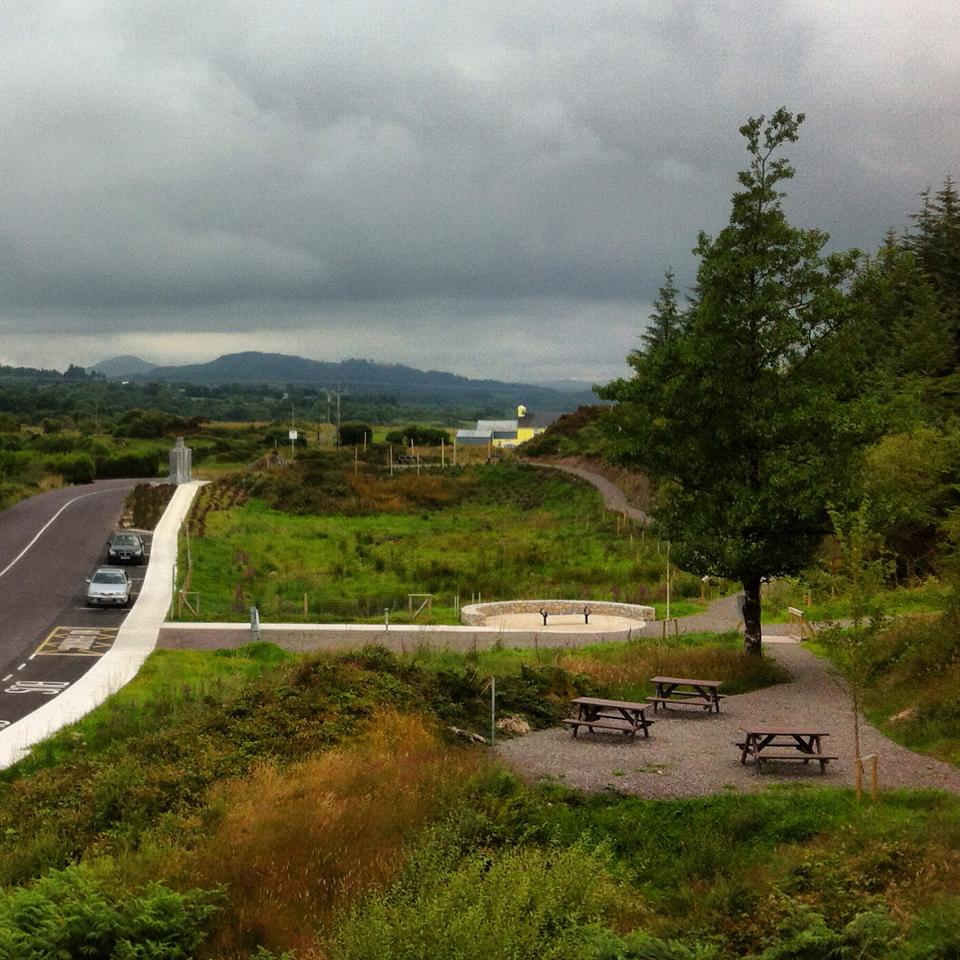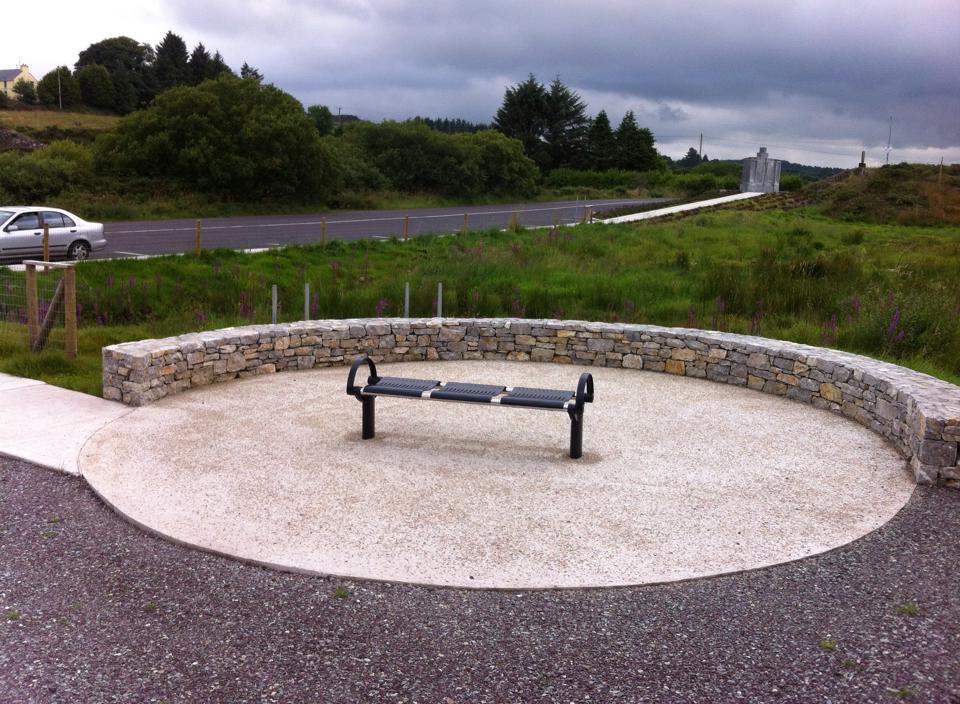
Historian & Archaeologist.
New Book: https://t.co/0SRCRYyXsp
Podcast: https://t.co/UutgymRRV7
StoryMaps: https://t.co/QuI2kZoEfl
How to get URL link on X (Twitter) App


 This is Meagher before he was a General, taken only a short time before he and the men around him - Zouaves attached to the 69th New York State Militia as Company K - would see action for the first time at the Battle of Bull Run on 21 July 1861.
This is Meagher before he was a General, taken only a short time before he and the men around him - Zouaves attached to the 69th New York State Militia as Company K - would see action for the first time at the Battle of Bull Run on 21 July 1861. 

 The National Army had landed in Passage West the previous day, moving to engage IRA defenders on the high ground to the west. Some of the very first fire of this engagement can be traced today- these are impact scars from National Army bullets on buildings opposite the docks. /2
The National Army had landed in Passage West the previous day, moving to engage IRA defenders on the high ground to the west. Some of the very first fire of this engagement can be traced today- these are impact scars from National Army bullets on buildings opposite the docks. /2 

 Within the Fort, Captain Abner Doubleday is regarded as the man who gave the command to return fire- the first U.S. shot of the war. Galwegian Private James Gibbons (below) may well have served that gun. Years later he would claim to be the man who physically fired that shot. 2/9
Within the Fort, Captain Abner Doubleday is regarded as the man who gave the command to return fire- the first U.S. shot of the war. Galwegian Private James Gibbons (below) may well have served that gun. Years later he would claim to be the man who physically fired that shot. 2/9 

 We have recently lost one portion of the battlefield in the vicinty of Green Hill, but this development will be even more detrimental. Located on the site of the former golf course, on 21 June 1798 it was within the United Irishmen's lines and is part of the core battlefield area
We have recently lost one portion of the battlefield in the vicinty of Green Hill, but this development will be even more detrimental. Located on the site of the former golf course, on 21 June 1798 it was within the United Irishmen's lines and is part of the core battlefield area

 Among the buildings singled out by the rioters during those tumultous days was the Colored Orphan Asylum, which was set ablaze (above image). The New York Irish American Weekly gave their accounting of the week's events here: irishamericancivilwar.com/2013/07/18/150… 2/8
Among the buildings singled out by the rioters during those tumultous days was the Colored Orphan Asylum, which was set ablaze (above image). The New York Irish American Weekly gave their accounting of the week's events here: irishamericancivilwar.com/2013/07/18/150… 2/8




 This ad also demonstrates how many of the Irish American diaspora had been step-migrants through Britain, and were looking to send money to the Irish community there. I frequently encounter British-born Irish Americans in the Civil War pension files.
This ad also demonstrates how many of the Irish American diaspora had been step-migrants through Britain, and were looking to send money to the Irish community there. I frequently encounter British-born Irish Americans in the Civil War pension files.


 Ireland has never conducted a nation-wide survey of War of Independence/Civil War sites to determine the surviving nature and extent of the historic conflict landscape. This makes it impossible for them to be appropriately managed, or dealt with during the planning process. 2/9
Ireland has never conducted a nation-wide survey of War of Independence/Civil War sites to determine the surviving nature and extent of the historic conflict landscape. This makes it impossible for them to be appropriately managed, or dealt with during the planning process. 2/9 

 The brother's parents, James Joseph Sheehan & Mary Ellen Hearne, had married in #Carlow around 1905, but made their home in Fermoy, where James was a baker and confectioner on Queen Square (now Pearse Square), seen here. Image: NLI. 2/18
The brother's parents, James Joseph Sheehan & Mary Ellen Hearne, had married in #Carlow around 1905, but made their home in Fermoy, where James was a baker and confectioner on Queen Square (now Pearse Square), seen here. Image: NLI. 2/18 
